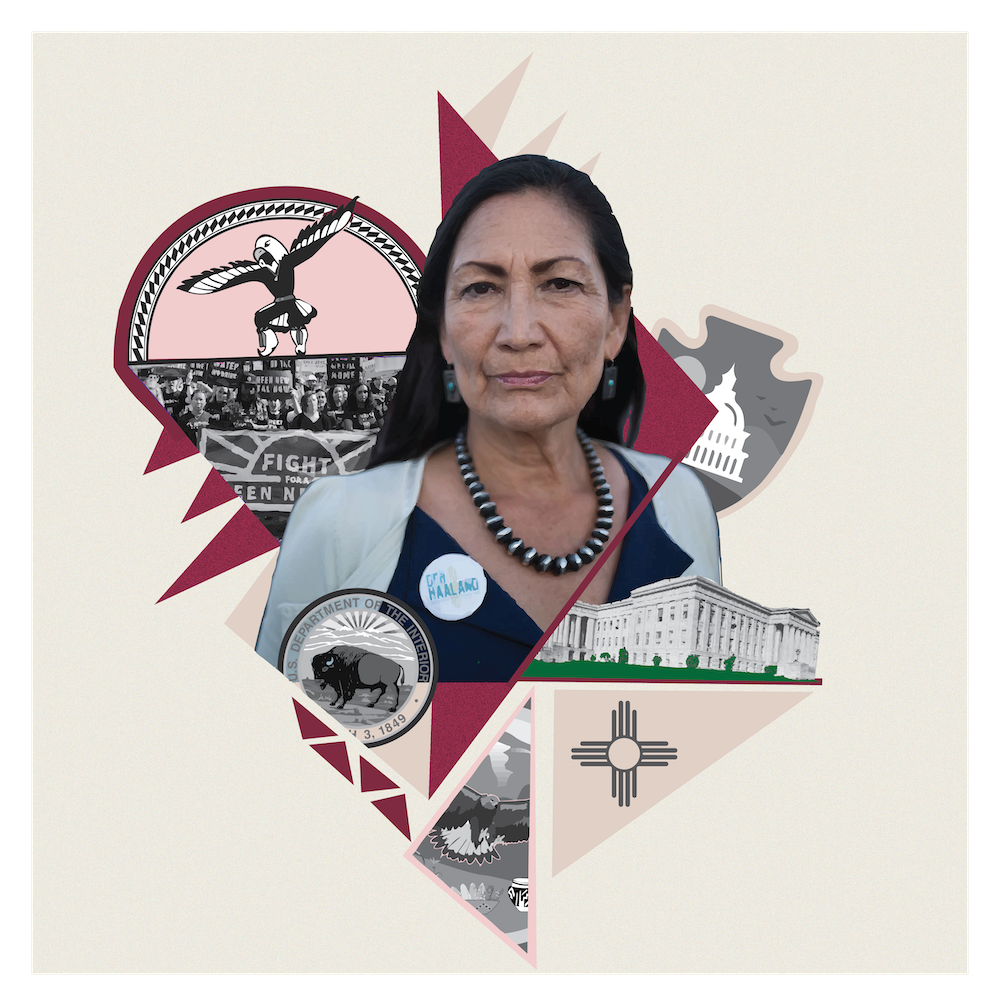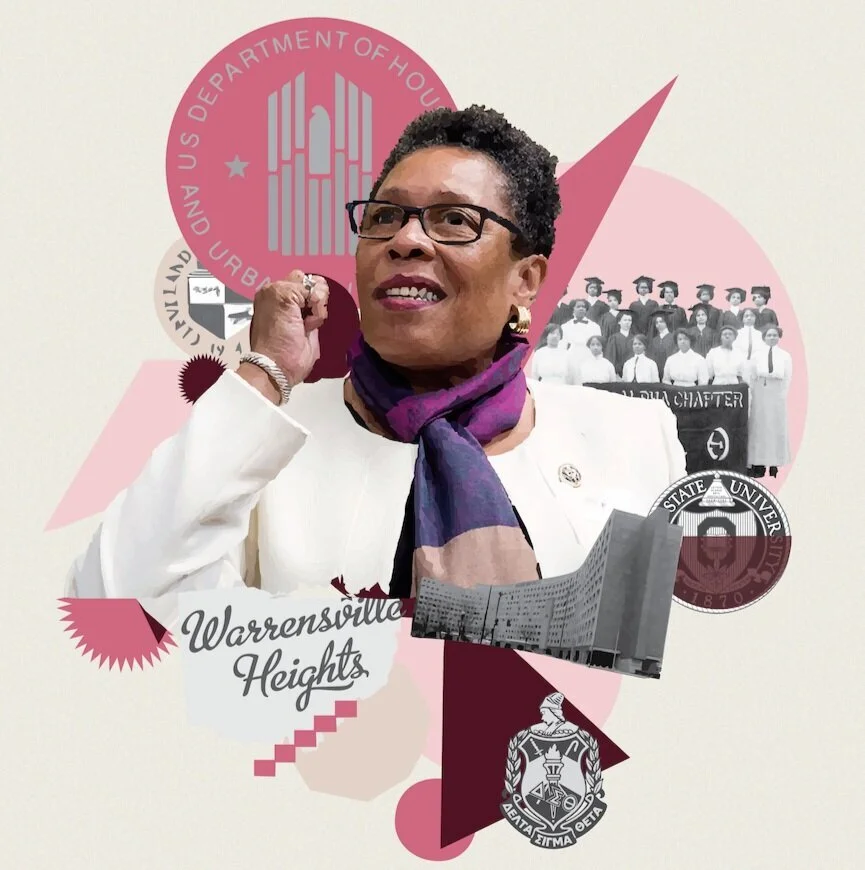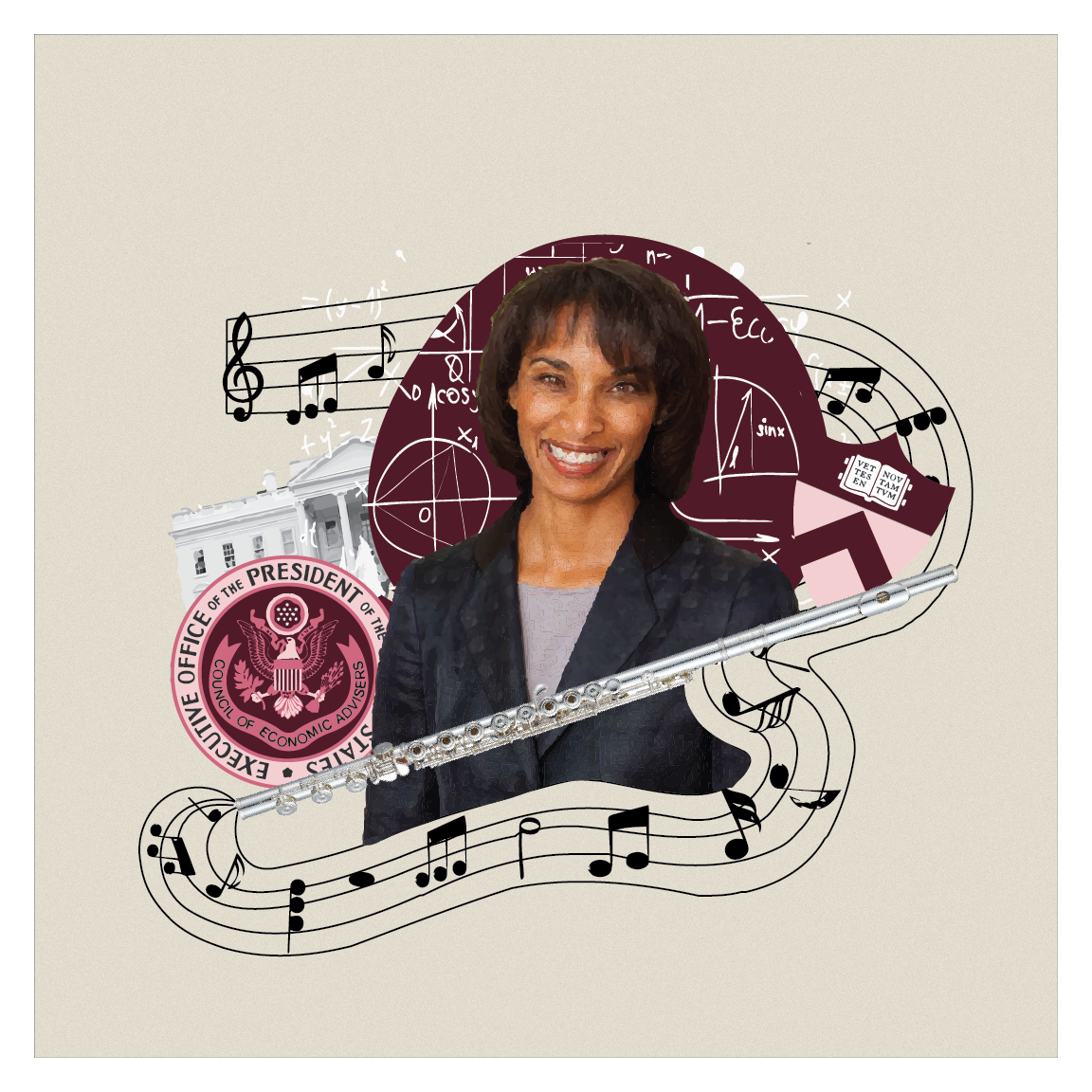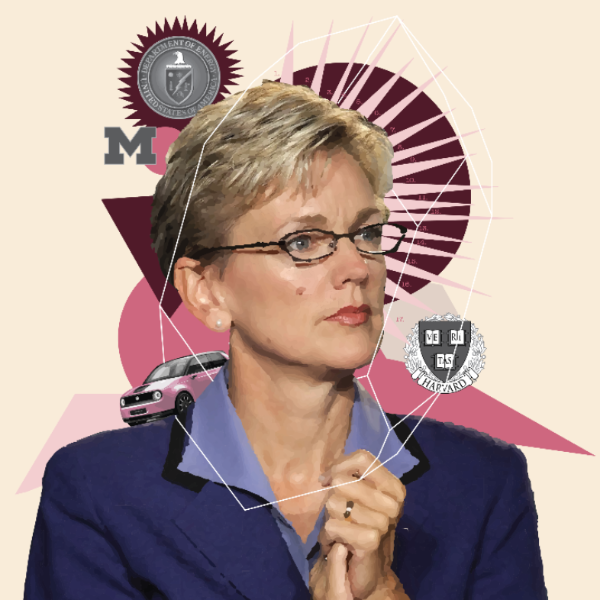Last year's midterm elections delivered the highest percentage of women in Congress in US history — at 28%, a considerable increase from even just 10 years ago when it was only 19%. Given that good news, you might think that we're making good progress toward reaching equal representation.
But women make up 50.4% of the population in America, so 28%?
Pretty far off the mark.
Over the weekend, I got an email from the team at Vote Run Lead sharing a new resource — State of My Democracy — that beautifully maps women's representation in all 50 state legislatures. I encourage you to take a look. It also includes a breakdown of women of color and how close/far we are to a truly representative democracy.
Here's the percentage of women in all 50 state legislatures.
State Senates
State Houses
As you can see, the only state that has reached true equality is Nevada, with Colorado, Arizona, New Hampshire, New Mexico, and Washington State coming close.
Why It Matters
Earlier this year, The 19th News took a look at what impact that representation has had in Nevada. Reporter Barbara Rodriguez writes, “Some Nevada lawmakers say the presence of so many women as peers has changed the kind of bills that have passed. That includes polices to expand protections for pregnant workers, paid sick leave and abortion access; lawmakers in the most recent session debated several bills to help victims of domestic violence, sexual assault and human trafficking. In 2017, Nevada lawmakers approved the Equal Rights Amendment as part of the decades-long effort to enshrine gender rights in the US Constitution.”
As I have written about before, the battle over the ERA is still ongoing. The amendment, passed by Congress in 1972 and ratified by the 38 states required by the Constitution, has not been made law because of a technicality in its drafting — namely, a ratification deadline set by that 1972 Congress. Several states, including Nevada (2017), Illinois (2018) and Virginia (2020), ratified the ERA after the deadline. The adoption of the ERA is currently tied up in the courts.
Thirty-two female members of the Nevada Legislature pose before the start of the state's 2019 legislative session in Carson City. The group represents the first female-majority legislature in the country. Credit: Cathleen Allison/Nevada Momentum
It should be noted that in all of these state legislatures, it was women legislators who led the campaigns to finally ratify the ERA. In 2019, Nevada became the first state in the US with a female-majority state legislature, with women holding 33 of 63 legislative seats. And last year, Nevadans voted to adopt “what is widely considered the most comprehensive state version of the Equal Rights Amendment in the nation.” The bill to get the state constitutional amendment on the ballot was co-sponsored by two women, State Senator Pat Spearman and Assemblywoman Cecelia González.
Without an Equal Rights Amendment, women in the US will continue to experience the rollbacks on rights that result from policies and court rulings made about them without their representation or constitutional protection.
Changing the current state of representation is the mission of Vote Run Lead, a national organization that works to increase civic engagement and encourages women to put themselves forward for leadership by providing training and resources for women candidates, such as financial support and mentoring. These efforts have proven successful in getting women elected to many different local and national positions. In 2022, an impressive 363 women supported by Vote Run Lead ran for office, with a 68% win rate. Six Vote Run Lead alums went to Congress.
The importance of this work was referenced in a recent TIME magazine op-ed by Melinda French Gates about the representation gap and why addressing this is her priority as a philanthropist. She writes:
“In 1976, Anna Belle Clement O’Brien, known as the first lady of Tennessee politics, ran for office on the slogan ‘A woman’s place is in the House… and the Senate too.’ That idea — that women deserve a role in making decisions, controlling resources, and shaping policies and perspectives — is at the center of my work as an advocate for women and girls. And it’s why I’m stepping up my investments in systems-wide efforts to build women’s political power.
When the Supreme Court overturned Roe v. Wade in June 2022, it was yet another reminder that we still live in a country where decisions are made for women instead of by them. Only one in three state legislators in the US is a woman. At the federal level, it’s closer to one in four. In the House of Representatives, there are more men named “Mike” than women chairing committees. There are more than 16 million Black women in this country — and exactly zero in the US Senate. There has never been a Black or Indigenous woman elected governor.”
How Do We Encourage More Women to Run?
As Gates writes, “We need to fix the system, addressing the full range of structural barriers that keep our government from looking like the people it’s intended to serve.”
That includes “offering lawmakers paid family and medical leave and permitting candidates to use campaign funds to pay for childcare would make it easier for more mothers (and fathers!) to run for office.” Vote Mama is working to break down these barriers.
I encourage readers who live in the US to access your own state's chart at the Vote Run Lead website. For example, in my home state of Georgia, women are under-represented. Women are 51.4% of the population but hold only 36.3% of seats in the State House and only 28.6% of seats in the State Senate. Yet, Black women are close to accomplishing equal representation in Georgia due to their remarkable efforts in the state! Changing the representation picture at local and national levels is possible with more women voting, running and leading.
When women lead, action follows. That theory of change has been proven over and over again across the world. If we are going to change the current under-representation of women — and in particular, women of color — each of us in our own communities, wherever we live, must commit to being more active as voters, to consider running to become a representative (locally and/or nationally), and whenever possible, to be a catalyst for the changes that will lead to a more just and equitable world.
Onward!
- Pat










